Introduction
Data interpretation plays a vital role in today’s data-driven world. As technology advances and more information becomes available, the ability to extract meaning from data becomes increasingly important. In this article, we will explore the concept of data interpretation, its significance, and its applications in different domains. We will delve into various techniques, tools, and best practices that can help unlock the potential of data and derive actionable insights.
What is Data Interpretation?
Data interpretation refers to the process of analyzing and making sense of data to extract meaningful insights and conclusions. It involves transforming raw data into a comprehensible form, identifying patterns, trends, and relationships, and drawing inferences that aid decision-making. Data interpretation encompasses a range of techniques and methods that help analysts derive valuable information from data sets.
Data interpretation is a crucial step in the data analysis process. It bridges the gap between data collection and decision-making by providing context and meaning to the collected information. By interpreting data effectively, businesses, researchers, and organizations can uncover valuable insights that can drive strategic decisions, improve processes, and optimize performance.
Why is Data Interpretation Important?
Data interpretation holds significant importance across various domains due to the following reasons:
- Informed Decision Making: Data interpretation enables informed decision-making by providing insights into past performance, current trends, and future possibilities. It helps individuals and organizations make data-driven decisions that are backed by evidence and analysis.
- Identifying Opportunities and Risks: By interpreting data, analysts can identify potential opportunities for growth, innovation, and improvement. Additionally, data interpretation helps in identifying risks and mitigating them proactively.
- Performance Evaluation: Data interpretation allows organizations to evaluate their performance objectively. It helps track key performance indicators, monitor progress, and identify areas that require attention or improvement.
- Predictive Analysis: By analyzing historical data and trends, data interpretation facilitates predictive analysis. It enables organizations to anticipate future outcomes, trends, and customer behavior, aiding in proactive planning and strategy formulation.
- Evidence-based Research: In research fields, data interpretation plays a critical role in validating hypotheses, drawing conclusions, and supporting scientific claims. It helps researchers analyze large data sets and draw meaningful insights.
- Business Intelligence: Data interpretation is fundamental to business intelligence. It helps businesses gain a competitive edge by uncovering market trends, customer preferences, and areas of improvement. With accurate data interpretation, businesses can align their strategies and operations to maximize profitability.
Techniques and Methods for Data Interpretation
There are several techniques and methods employed for effective data interpretation. Some commonly used ones include:
Descriptive Statistics
Descriptive statistics involve summarizing and presenting data in a meaningful way. It includes measures such as mean, median, mode, standard deviation, and variance. Descriptive statistics help in understanding the central tendencies, distribution, and variation in the data set.
Data Visualization
Data visualization involves representing data graphically to aid interpretation. Visualizations such as charts, graphs, and maps make complex data sets more understandable and facilitate the identification of patterns, outliers, and relationships. Common data visualization tools include Tableau, Power BI, and Excel.
Regression Analysis
Regression analysis is used to identify relationships and dependencies between variables. It helps determine how changes in one variable impact another. Regression models are often employed to make predictions and understand the influence of different factors on outcomes.
Time Series Analysis
Time series analysis is used when data is collected over regular intervals of time. It helps in understanding patterns, trends, and seasonality in the data. Time series analysis is widely used in fields such as finance, economics, and climate science.
Qualitative Analysis
Qualitative analysis involves interpreting data that is non-numeric in nature. This includes analyzing textual data, survey responses, interviews, and focus group discussions. Qualitative analysis provides valuable insights into subjective experiences, attitudes, and opinions.
Text Mining and Natural Language Processing (NLP)
Text mining and NLP techniques are used to extract insights from unstructured textual data. These techniques analyze text for sentiment analysis, topic modeling, and extracting key information. They are widely employed in fields such as social media analysis, customer feedback analysis, and content analysis.
Applications of Data Interpretation
Data interpretation finds applications in various domains, including:
Financial Analysis and Investment
In the financial sector, data interpretation is crucial for analyzing market trends, assessing investment opportunities, and managing risks. It helps investors make informed decisions based on historical performance, economic indicators, and market conditions.
Healthcare and Medical Research
Data interpretation plays a vital role in healthcare and medical research. It aids in analyzing patient data, clinical trials, and epidemiological studies. Data interpretation helps researchers identify trends, risk factors, and treatment outcomes, leading to evidence-based healthcare practices.
Market Research and Consumer Behavior
Market research relies on data interpretation to understand consumer preferences, buying patterns, and market trends. It helps businesses tailor their products, marketing strategies, and customer experiences to meet evolving demands effectively.
Operations and Supply Chain Management
Data interpretation enables organizations to optimize their operations and supply chain management. By analyzing production data, inventory levels, and customer demand, businesses can streamline processes, reduce costs, and enhance overall efficiency.
Social Sciences and Public Policy
In social sciences and public policy, data interpretation is essential for understanding societal trends, public opinion, and the impact of policies. It aids in evidence-based decision-making and informs the development of effective strategies and interventions.
Environmental Analysis
Data interpretation is vital for analyzing environmental data, including climate patterns, pollution levels, and ecosystem dynamics. It helps scientists and policymakers make informed decisions regarding conservation, sustainable practices, and environmental regulations.
FAQs about Data Interpretation
Q: How is data interpretation different from data analysis? A: Data interpretation is a part of the broader data analysis process. While data analysis involves examining and processing data to identify patterns and relationships, data interpretation focuses on extracting meaningful insights and drawing conclusions.
Q: What skills are essential for effective data interpretation? A: Effective data interpretation requires skills such as statistical analysis, critical thinking, domain knowledge, and proficiency in data visualization tools. Strong analytical and problem-solving abilities are also valuable for interpreting data accurately.
Q: Can data interpretation be automated? A: While some aspects of data interpretation can be automated using algorithms and machine learning techniques, human judgment and domain expertise are still essential for accurate interpretation. Automated techniques can assist in processing and visualizing data but may not replace human interpretation entirely.
Q: What challenges are faced in data interpretation? A: Data interpretation can be challenging due to factors such as data quality issues, missing or incomplete data, complex data sets, and the need for domain knowledge. Ensuring data accuracy, managing biases, and avoiding misinterpretation are common challenges faced during the interpretation process.
Q: How can data interpretation be applied to small businesses? A: Data interpretation can benefit small businesses by helping them gain insights into customer behavior, identify market trends, and optimize operations. By analyzing sales data, customer feedback, and competitor analysis, small businesses can make informed decisions that drive growth and success.
Q: Are there any ethical considerations in data interpretation? A: Ethical considerations are important in data interpretation. Analysts must handle data responsibly, ensuring privacy, confidentiality, and data protection. They should also be cautious of potential biases and ensure fairness in their interpretations.
Conclusion
Data interpretation is a fundamental aspect of data analysis that enables individuals and organizations to make informed decisions, uncover insights, and gain a competitive edge. By employing various techniques, such as descriptive statistics, data visualization, and regression analysis, analysts can extract valuable information from complex data sets. With its applications spanning finance, healthcare, market research, and more, data interpretation is a crucial skill for anyone seeking to leverage the power of data. So, dive into the world of data interpretation, unlock the potential of your data, and make smarter, data-driven decisions.







Leave a Reply